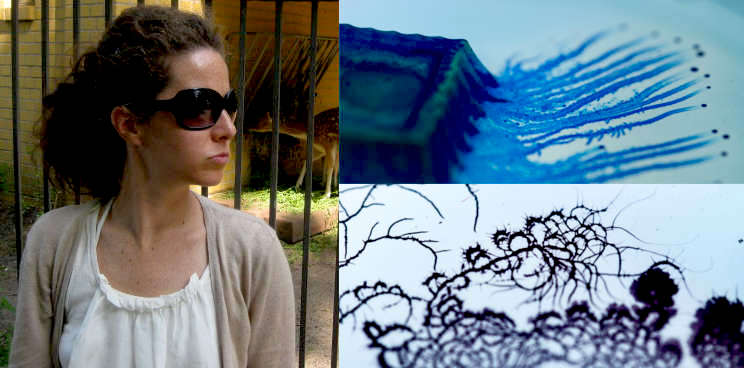Nurit Bar-Shai is an artist and co-founder of bio-hacking lab Genspace. She is showing how bacteria communicate and socialize – and shaping it with sound.
An Israeli-American multimedia artist, Nurit Bar-Shai composes video, live telematic installations and conducts experiments – working at the interface between art, science, and technology.
She is also a co-founder and the Art and Culture Director at Genspace, the New York citizen’s lab that is said to have pioneered biohacking spaces in the first place.
Her flagship BioArt project is Objectivity [tentative], which has been featured in Biodesign – a book published by the Museum of Modern Art (MoMA) on biology-inspired approaches to design and fabrication.
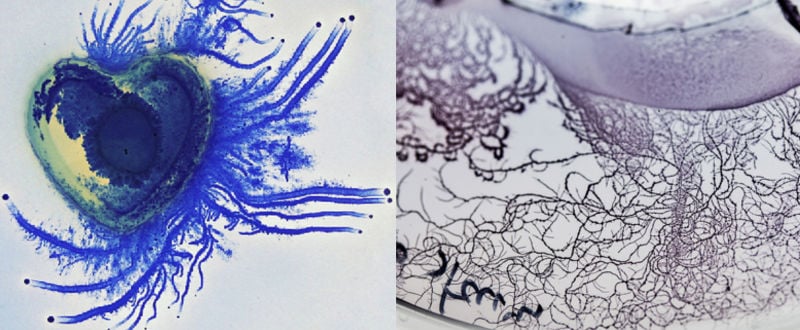
Her project was inspired by the research and the work of Professor Eshel Ben Jacob from Tel Aviv University (Israel), who studied the complex network and communication systems of bacteria, which seems to repeatedly be a popular topic for BioArtists.
For example, Nurit used a bacteria known for its advanced social behavior – Paenibaciullus vortex. This species creates intricate colonial patterns, which are very sensitive to the environment.
The bacteria was cultured in agar, where the bacteria grows in colonies, creating beautiful and intriguing images. It is a way to visualize the underlying ‘chemical tweets‘ that bacteria use to make decisions as communities.
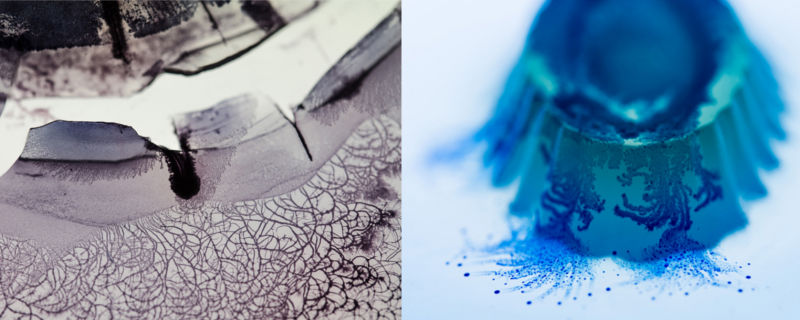
A particularly interesting part of the project is the Sound to Shape series, where Nurit uses sound to directly influence the bacteria’s growth.
Part biological experiment, part live sound performance, bare-speakers transmit sound through the liquid agar-medium that is poured in Petri dishes. As it cools off and solidifies, it forms 3D topographies – where the bacteria will grow.
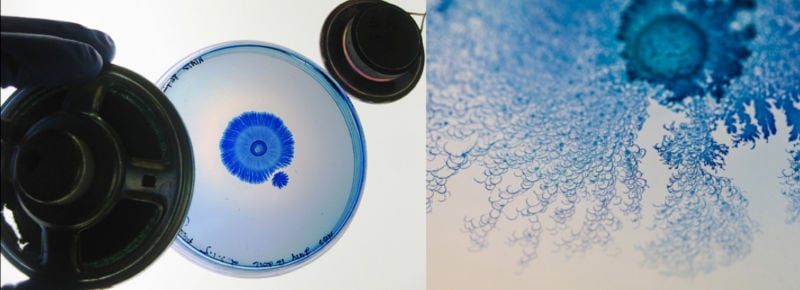
In this way, the public can be part of a very common step in microbiology research, but that is usually out of sight in the confines of a laboratory.
Besides the live performance, the gallery keeps the Petri dishes previously cultured – so visitors can witness the growth and patterns formed during the exhibition.
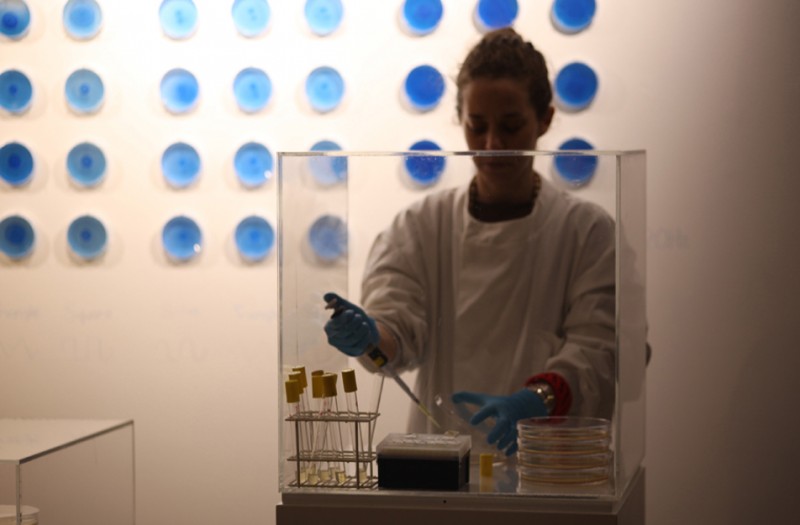
Nurit also tested the effect of different types of sound – such as high or low frequencies, or different waveforms. The effect on bacteria’s growth patterns could then be compared in the display of Petri dishes.
This is beautiful insight into the complexity and self-organization of seemingly simple microorganisms – which truly lead their own social lifes.
Nurit walks us through the Sound to Shape exhibition…
Feature Image Credit: Mix of Graphics. Left: Nurit Bar-Shai (Genspace Cofounders). Upper right: Bacteria growth on 3D planes (Nurit Bar-Shai). Bottom right: Paenibacillius dendritiformis on 3D plane.




